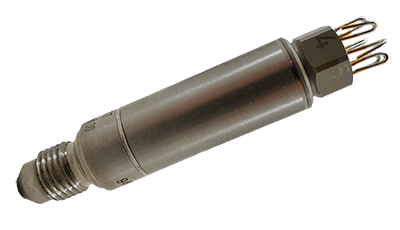In the realm of oil production, sucker-rod pumps are a fundamental component for extracting hydrocarbons from reservoirs. Research from Leistritz Corp. estimates that 85% of oil wells in the United States use some type of artificial lift, and of those, 71% employ a sucker-rod pump. These pumps are favored for their simplicity, reliability and ability to handle a variety of fluid conditions. To ensure the efficient operation of a sucker-rod pump, several downhole tools are utilized. Each tool plays a critical role in maintaining the integrity of the well and enhancing the performance of the pump. Here, we outline some of the most important downhole tools, including the tubing anchor catcher, that support the efficient operation of sucker-rod pumps.
1. Tubing Anchor Catcher
One of the most vital downhole tools in a sucker-rod pumping system is the tubing anchor catcher. This device is designed to secure the tubing string in place, preventing it from moving during the pump’s operation. Movement of the tubing string can cause wear and tear on the equipment, leading to inefficiencies and potential failures. By anchoring the tubing, the anchor catcher minimizes these risks, ensuring the sucker-rod pump operates smoothly and efficiently. Additionally, tubing anchors help in reducing the mechanical stresses on the rod string, enhancing the longevity of the entire pumping system.
Traditional B2 tubing anchors have been used in the oil and gas industry for decades. However, the small annular space between these standard anchors and the well casing can create a “choke-point,” causing restrictive turbulent flow and pressure drops that leads to scale buildup and gas locking. In contrast, the unique design of the Slimline® Tubing Anchor Catcher from TechTAC® provides up to 245% more flow-by area, minimizing the risk of stuck anchors or gas-locked rod pumps.

2. Downhole Pumps
At the heart of the sucker-rod pump system is the downhole pump itself. These pumps come in various types, including rod pumps, insert pumps and tubing pumps. The choice of pump depends on the specific conditions of the well, such as depth, fluid type and pressure. Downhole pumps are responsible for lifting the fluid from the reservoir to the surface, making their efficient operation crucial. Regular maintenance and proper selection based on well conditions are essential for optimal performance.
3. Rod Guides and Centralizers
Rod guides and centralizers are downhole tools that help maintain the alignment of the sucker rods within the tubing. Misalignment can lead to friction and wear, reducing the efficiency and lifespan of the pumping system. Rod guides ensure that the rods do not come into direct contact with the tubing, thus minimizing wear. Centralizers keep the rods centered within the tubing, further reducing the risk of friction and wear. These tools are important in maintaining the mechanical integrity of the sucker-rod pump system.
4. Pump-off Controllers
Pump-off controllers are surface tools that play a significant role in the efficient operation of sucker-rod pumps. They monitor the fluid level in the well and adjust the pump’s operation accordingly. When the fluid level drops below a certain point, the pump-off controller stops the pump to prevent it from operating dry or pounding fluid in a partially filled pump barrel, which can cause damage. While not exactly a “downhole tool,” pump-off controllers help in optimizing the pumping cycle, reducing energy consumption and preventing unnecessary wear and tear on the pump.
5. Gas Separators
In wells with high gas content, gas separators are important downhole tools. Gas separators are designed to separate gas from the fluid before it enters the pump, preventing gas locking and ensuring smooth operation.
6. Bottomhole Sensors
Bottomhole sensors provide real-time data on downhole conditions, such as pressure, temperature and fluid levels. This information is invaluable for optimizing the operation of the sucker-rod pump and making informed decisions about maintenance and adjustments. By monitoring these parameters, operators can ensure that the pump is operating within optimal conditions, preventing failures and improving efficiency.

Essential Downhole Tools
In conclusion, the efficient operation of a sucker-rod pump in oil production relies heavily on a combination of downhole tools. From the tubing anchor catcher, which secures the tubing string, to advanced bottomhole sensors that provide critical data, each of these downhole tools play a crucial role in maintaining the performance and integrity of the pumping system. By utilizing these tools effectively, operators can maximize the efficiency and longevity of their sucker-rod pump installations, ensuring reliable and cost-effective oil production.




